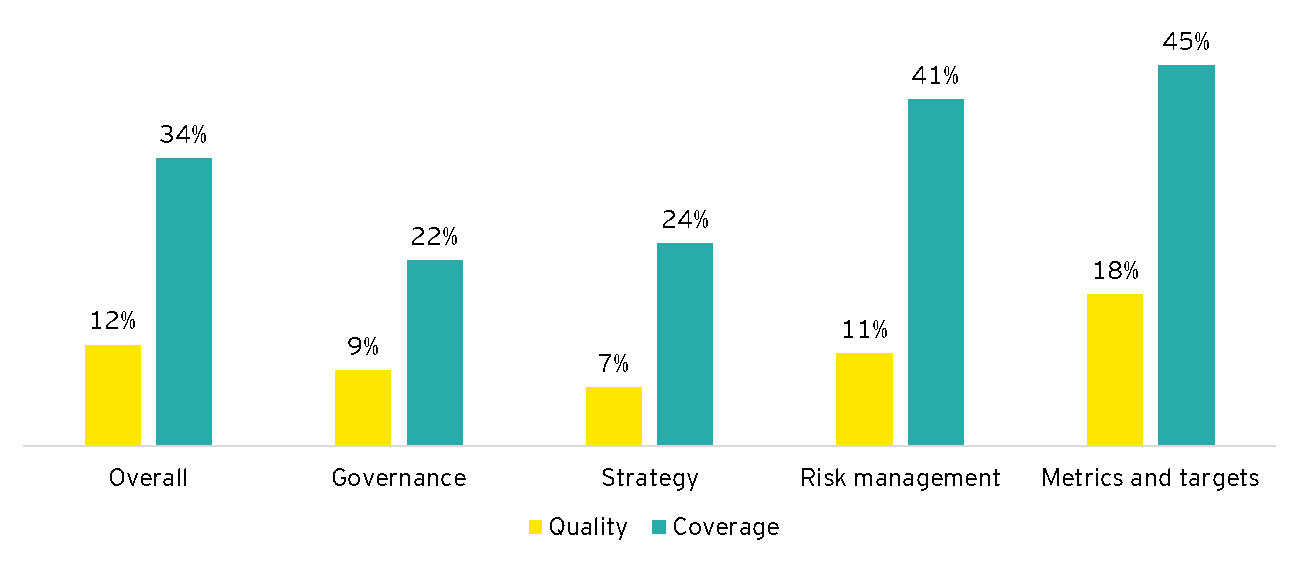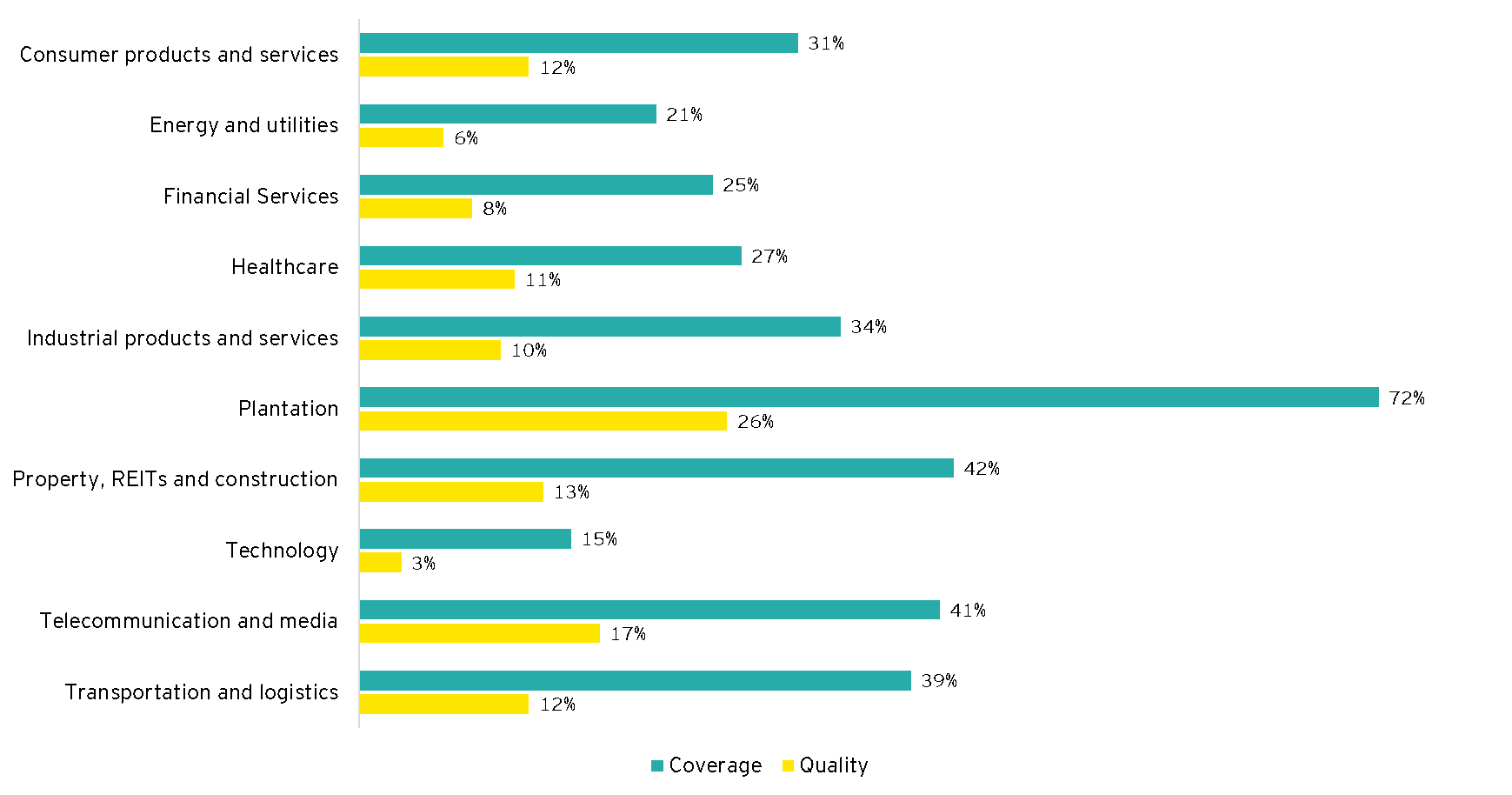EY refers to the global organization, and may refer to one or more, of the member firms of Ernst & Young Global Limited, each of which is a separate legal entity. Ernst & Young Global Limited, a UK company limited by guarantee, does not provide services to clients.
Related articles
Why it’s important to measure and report long-term value
The Embankment Project for Inclusive Capitalism is working to improve the way that businesses measure and report on the value they create.
Although companies are including climate change risks in their annual or sustainability reports, they are grappling to disclose how climate change may impact their business and how they are responding to these issues.
The majority of Malaysia’s PLCs generally adopt a “check-box approach” to climate risk reporting and do not consider climate-related risks in their ERM processes. Disclosures on the monitoring and review of climate-related issues are generally limited to current issues and performance metrics. In addition, many companies have not factored in climate risks and opportunities in their current business strategies.
Four action points moving forward
A recent EY Global Investor Survey found that investors are increasingly using non-financial disclosures from companies to support investment decisions. Disclosing climate-related risks requires changes to the governance and risk assessment processes (as per the TCFD recommendations). It also needs effective collaboration across the sustainability, risk, finance, operations, investor relations and business functions.






